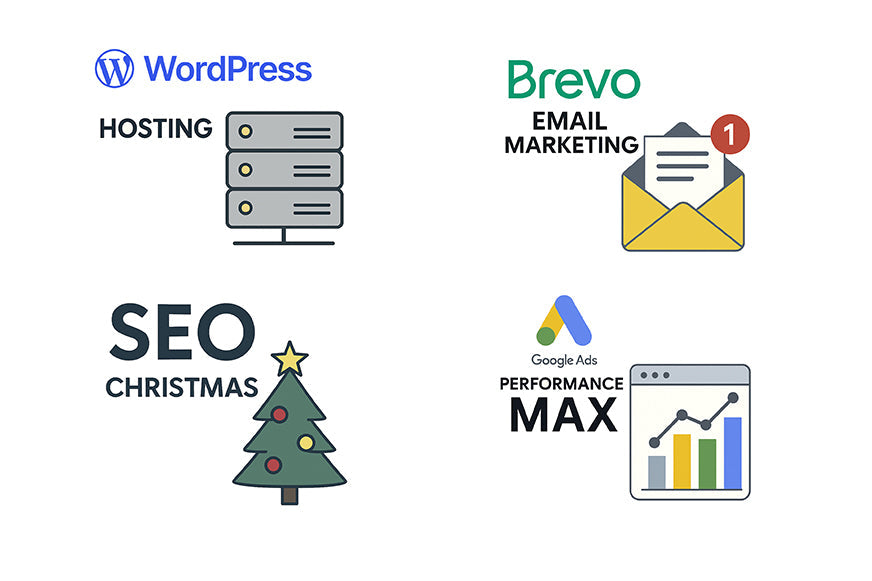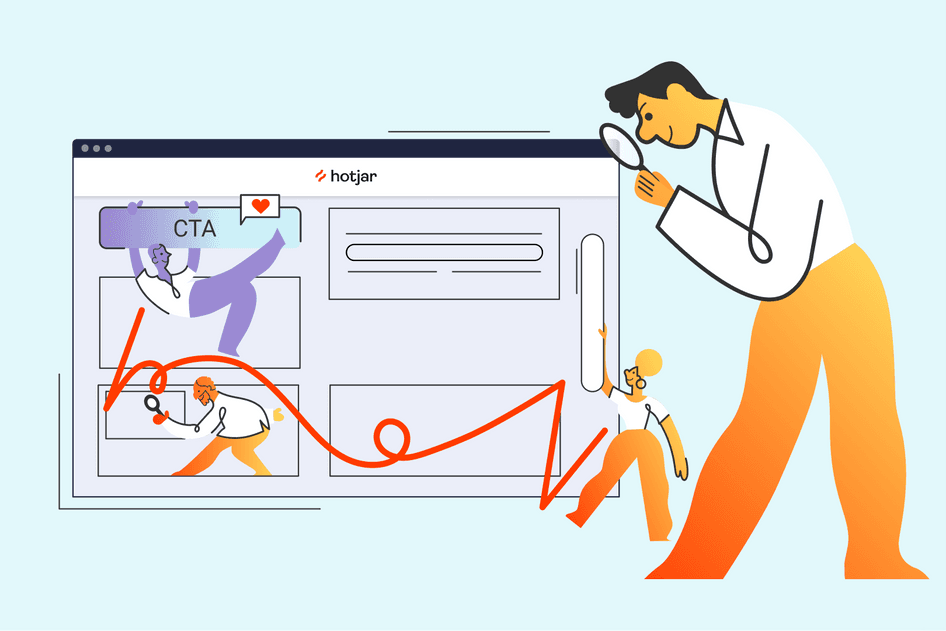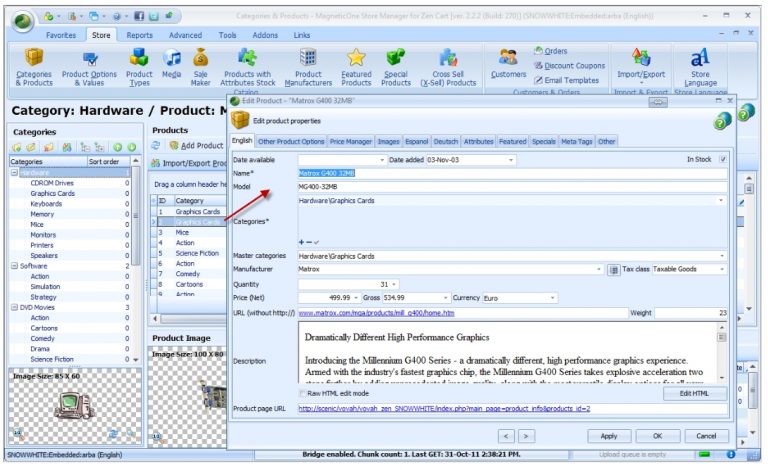Thoughts on Business
-
This blog was prompted by a recent interview I gave to a Master’s student researching the impact of AI on marketing. Like many, I find myself balancing the remarkable opportunities AI offers with the genuine concerns its rapid adoption raises for businesses and, consequently, society. The conversation unexpectedly pushed me to articulate thoughts on ethics, opportunities, and risks that I hadn’t yet fully expressed. I want to share them with you.
-
In October, I was fortunate enough to be invited by my brother to Dublin, and one of the activities we did together was the Guinness Storehouse brewery tour. As well as being a masterclass in having a good time (!), the tour was also a masterclass in marketing, and in the history of marketing. This article shares the highlights from that trip down marketing memory lane and the stories behind those iconic advertising campaigns that people of a certain age (mine!) know so well.
-
There have been many turning points over the years, but two stand out: the Brexit vote and the Covid crisis. By 2016, Business Think had grown into a consultancy brand, specialising in strategy development and coaching. We worked with both private clients and publicly funded contracts and were strong at securing support schemes for customers. We were often the most prolific lead generators for these schemes. The Brexit vote changed everything overnight.
-
In August, I made the decision to move internet service provider for our hosting services. More than one hundred businesses rely on Business Think to host their websites, manage email, and provide technical support when required.
What is the most difficult project you have ever undertaken and had responsibility for?
-
Over the past few weeks, we’ve worked on a variety of marketing projects across areas like advertising, email, SEO, and ecommerce. Each one has offered useful insights and small wins that may be relevant to others as well.
In this blog there is a short round-up of what we’ve been working on - along with a few suggestions that might help improve your own marketing setup.
-
One month from now marks the 25th anniversary of starting my Business Think (although it’s had a few names changes since then!). I left full-time employment and launched the business on 19th August – my birthday. I could talk for days about those first two years. I was so naïvely positive. I believed every promise – often well-intentioned and sincere – made before I started, which never came to fruition. I had no idea how hard it would be. I’ve never been as stressed as I was in those early years. It took a long time to realise these important truths about business.
-
After nine happy years working as an Associate Lecturer/Tutor at the University of Plymouth, I have chosen to take voluntary redundancy, effective from 31st July. During my time at the University, I had the pleasure of working with hundreds of students and some of the smartest, most committed individuals I’ve ever had the good fortune to meet. I taught on the Apprenticeship Degree in Professional Services, where I was responsible for developing the learning materials and delivering teaching for the Strategy and Finance, and Marketing and Sales modules.
-
Having built e-commerce websites for clients using most platforms (including Joomla and even plain HTML going back 20 years), I always find myself telling people that Shopify is the best platform for generating the most online sales. That’s based on experience and observation rather than science, so I asked ChatGPT to provide some evidence to support the claim... here's what the robots 'think'!
-
Many business owners spend months (or even years) chasing high-ranking positions on search engines, only to find themselves outranked by industry giants. Competing against Amazon, eBay, or the biggest name in your sector is like trying to win a marathon against a professional athlete. It is almost impossible to beat the big players in the marketplace using search engine optimization tactics.
-
Is it better to nurture a universal view of a single purpose or many? This made me think of one of the business theories I teach at the University of Plymouth: perceptual mapping, or positioning. This theory is based on the premise that the reality of what you think you do and the strengths you have is actually a fiction in your own mind if your target audience doesn't share that belief.
-
Navigating a business through challenging economic periods demands a different approach to marketing and sales. Based on years of experience helping businesses through challenging periods, here are practical steps to keep your business steady and ready for better times.
-
Five new videos have been uploaded to the latest Business Think blog this month, and they’re free to watch. These videos cover the following topics:
- Staying Focused on the Bigger Picture
- Power and Influence: The Stakeholder Matrix
- All These Numbers Mean Nothing: Life Goals and Business
- Come Back When You Have a Business Card: Being Kind in Business
-
One of the perks of working with a variety of business customers is that we learn as much from them as they do from us. This month, we discovered a great Shopify app that simplifies managing a referral network, known as affiliate marketing. We wanted to share this with both aspiring and current Shopify users.
-
Unlike regular monthly updates, these emails are automatically sent based on specific actions, like visiting your website. They're personalised and timely, helping you increase sales, and communicate more effectively. This is a proven way to make more money from your mailing list.
Our free guide outlines the best email automation flows you can implement, tailored to various marketing goals.
-
Businesses should use Hotjar because it provides valuable insights into how users interact with their websites, helping to optimise user experience and increase conversions. By offering features like heatmaps, session recordings, and user surveys, Hotjar enables businesses to identify pain points, track user behaviour, and understand what drives engagement or causes friction. This data-driven approach allows businesses to make informed decisions, enhance website performance, and ultimately improve customer satisfaction, leading to better outcomes and growth.
-
My approach has always been to tread softly when entering online advertising. I test different parameters using small budgets with clearly defined ceilings on what the software can spend, and if there isn’t a return on investment, I stop and find a different marketing channel. I recently became aware of a brilliant social ad campaign being used by an innovative business person I had worked with previously. She had been generating a return on investment of multiple times the ad spend from day one of launching the campaigns.
-
I recently completely a ZenCart conversion, moving a website onto the Shopify platform. In truth, the business concerned was nervous about switching having used ZenCart for almost 10 years. His view was very much it was better the devil you...
-
What if you had to select an album of songs to help someone starting a business? What tracks would you choose from history and why? That was the challenge put to us recently.


















